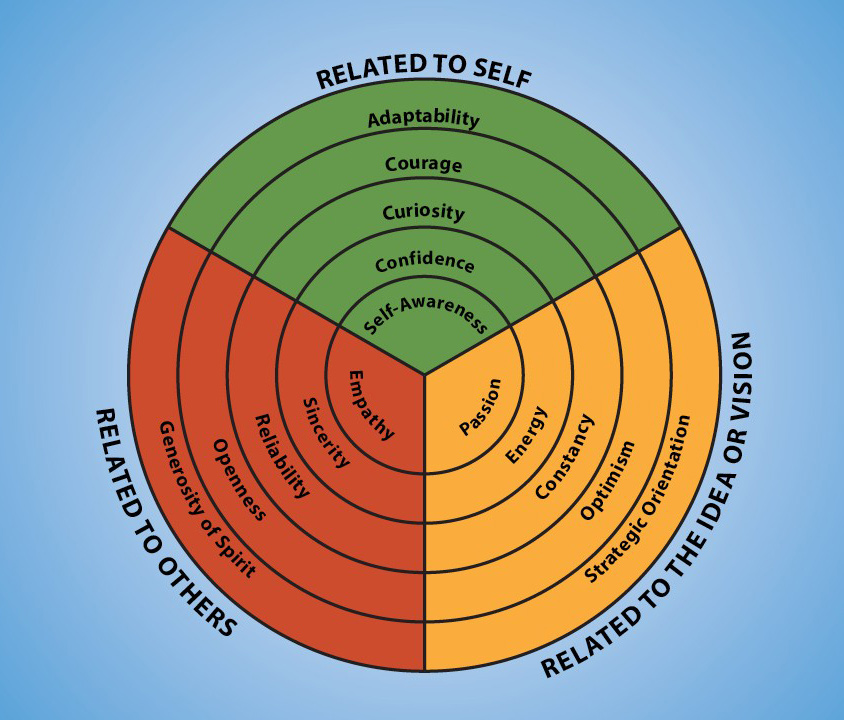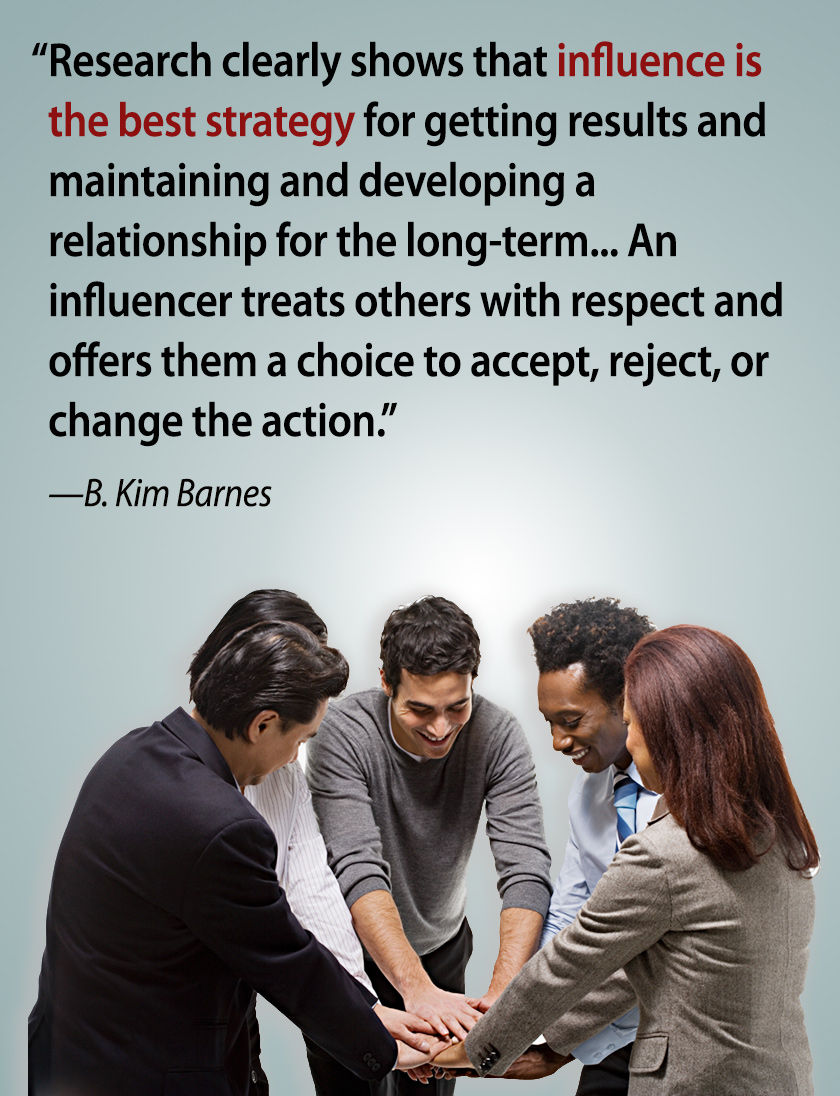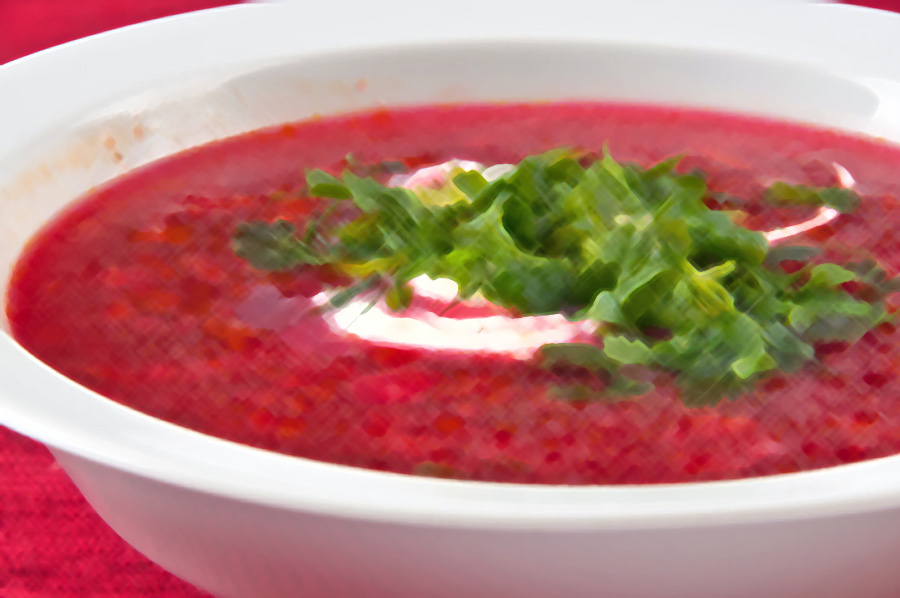
Inspirational Leadership in Action

Featured art, "Landscape with Sheaves," Ivan Marchuk (contemporary, Ukrainian)
By B. Kim Barnes
Reprinted from LinkedIn, February 28, 2022
As I watch, spellbound, the drama unfolding in Ukraine, I see everything I’ve ever learned or taught about inspirational leadership being demonstrated on the streets of Kiev. Volodymyr Zelensky, comedian turned political leader, has manifested every aspect of the model below – and in doing so, has influenced world leaders to take unprecedented actions to support him and his people. In recent years, we have seen political leaders provide poor examples – showing a lack of courage, self-awareness, constancy, empathy, and generosity of spirit, among other qualities. It’s hard to know what the outcome of this situation will be, but he has provided us with an inspiring example of how to lead under the most challenging of circumstances.

Inspirational leadership like that shown by Zelensky can, as we have seen in the followers of that leader, turn fear into determination, weakness into strength, confusion into steadfast commitment. We needed this example to show us what’s possible. I am grateful and in awe.
Editor’s note: To comment or discuss this article, please join the conversation, on Kim’s LinkedIn.
Image taken from Inspirational Leadership™, a copyrighted program of Barnes & Conti's
Kim Barnes' Article on Trust, Influence, and Manipulation Featured in Business Coaching Magazine
The theme of last month's Business Coaching was building trust in your team and organization. Our own Kim Barnes contributed a piece on building trust through influence, and an excerpt is below.
Will You Build or Destroy Trust?
Influence vs. Manipulation
by B. Kim Barnes (excerpt, reprinted from Business Coaching, February, 2022)
Trust is a key factor in helping people work more effectively and efficiently on teams. As formal or informal leaders, it's our responsibility to help team members focus and move toward action in order to achieve a desired outcome. There are three basic ways that we can accomplish this: through the use of direct power, through manipulation, and by using interpersonal influence.
We use legitimate power to direct others to do something that we want or need them to do. This is especially effective during an emergency, when fast, coordinated action is necessary and when you are seen to have the necessary expertise and/or authority. It may also be useful in situations where people are uncertain what to do or require instruction in how to accomplish a task. In military or other settings where there is a clear and accepted line of authority, direct power may have strategic value. There are, of course, negative consequences of using direct power.

-
It doesn't allow others to gain confidence in themselves as decision-makers and leaders
-
It doesn't leave space for alternative, perhaps better ideas
-
It leads to compliance rather than commitment.
Of course, there are always going to be situations where we lack legitimate authority, no matter how powerful we may be in some aspects of our lives - or we may choose not to use our power because we're looking for commitment to, ownership of, and accountability for taking an action on the part of others. Alternatively, we may find subtle or overt ways to manipulate others into doing what we want them to do. Perhaps we do this out of a desire to have people feel that sense of ownership or commitment - to believe that the action is their own idea. Unfortunately, few are fooled by this approach. We have taught our flagship program, Exercising lnfluence™, for more than twenty-five years around the globe and have asked thousands of people to describe the difference between influence and manipulation (as they experience either applied to them). The remarkably consistent response is that influence is done in the open and manipulation is hidden or false...
Manipulation, they feel, attempts to trick them into taking an action that may even be against their own interests. Examples include:
- having a "hidden agenda" for a meeting
- presenting oneself as being open to influence on a decision when it has already been made
- promising something that one has no intention or even ability to deliver in exchange for a commitment on the part of the other, or misrepresenting acts in order to get others to buy into a proposal...
...Resorting to manipulation may represent a (usually forlorn) hope that we can make others think that something we want them to do is their own idea. It may reflect a skill deficit or a fear of being seen to exert power or influence. However motivated, it almost invariably leads to a loss of trust. So, if your goal is to deliver results while sustaining and developing a strong relationship with others for the long-term, what kind of approach might work better?
Research clearly shows that influence is the best strategy for getting results and maintaining and developing a relationship for the long-term. People recognize that an influencer treats others with respect and offers them a choice to accept, reject, or change the action...
Read the entire article on Business Coaching (begins on page 32)
Barnes & Conti at ATD 2022 in Orlando

Yes, Barnes & Conti is planning on being at the ATD Conference and Expo in Orlando this coming May! Here are the details.
Monday, May 16 – Wednesday, May 18
Barnes & Conti will be at Booth 1522
Please stop by our booth and say hello!
Kim Barnes to Speak on May 15
Kim will be speaking on "Building Better Ideas: The Value of Constructive Debate" on Sunday, May 15, 10:30 AM – 11:30 AM.
Description: As a trusted advisor, partner, consultant, coach, change leader, or facilitator, you can promote a culture for innovation and participation where constructive debate becomes the norm and conflict avoidance, political gamesmanship, suboptimal decision-making, and "groupthink" are no longer tolerated.
In the session you will:
- Learn to facilitate collaboration in building more robust ideas that lead to value-creating innovations
- Encourage and support lively, open discussions instead of "the meeting after the meeting"
- Lead culture change that values creative controversy and not political expediency and mediocrity.
For more information, or to register, visit the ATD website.
Barnes & Conti Virtual Catalog of Programs
 Do either of the programs mentioned in above, (Inspirational Leadership and Exercising Influence) resonate with the needs of your team? You might want to check out our catalog with updated virtual offerings. All our programs are available either online/virtually or in person.
Do either of the programs mentioned in above, (Inspirational Leadership and Exercising Influence) resonate with the needs of your team? You might want to check out our catalog with updated virtual offerings. All our programs are available either online/virtually or in person.
Please download the catalog here and feel free to contact Lauren Powers (lpowers@barnesconti.com)/215-850-2882 to discuss your needs and how we might partner to design a custom solution for your organization.
Updated Public Program Schedule for 2022
All our public programs will be offered live and online, so you can participate virtually from the comfort of either your home or office.
Exercising Influence: Description and Schedule
- Exercising Influence Two 3-hour virtual classroom sessions
In this two-session program, participants will learn and then go beyond the basics to dive deeper into the influence behavior model.- July 7 & July 14, 2022: Full Program, 2 sessions
Cost: $925
- July 7 & July 14, 2022: Full Program, 2 sessions
- Introduction to Exercising Influence 3-hour virtual classroom
In this session, participants will be introduced to the key concepts and the Exercising Influence behavior model.- October 6, 2022: Introduction, 1 session
Cost: $495
- October 6, 2022: Introduction, 1 session
Featured Recipe: Beet Borsch
Beet borsch, or borscht, but in Slavic languages, it has no final "t", has its origins in the Ukraine, although it's popular among Eastern Europeans all over the world. Every cook has her/his own version of this meal in a bowl, and we're offering two versions. The original Ukrainian version used fermented, grated beets to give the borsch its characteristic sour taste. It takes a few days for the beet mixture to ferment, so our recipes use the quicker, easier, lemon juice or wine vinegar.

Ingredients, Long Version:
- 2+ lbs brisket of beef
- 1 onion, sliced
- 1 carrot, sliced
- celery leaves (optional)
- 1 bay leaf
- 3-4 cloves
Short Version:
- 2 lbs beef stew meat cut in 1 inch chunks
Both Versions:
- 6+ cups water
- 1-2 tsp salt
- 5-6 medium to large red beets
- 1 medium onion, chopped
- 2 carrots, peeled and chopped
- Oil for sautéing
- 1/2 head green cabbage, cored and shredded (I like to use Savoy cabbage, but plain green cabbage is more authentic)
- 1/3 - 1/2 large can tomatoes, chopped
- lemon juice or wine vinegar
- chopped scallions
- chopped dill
- boiled potatoes (optional)
- Sour cream
Method, Long Version:
- Make a broth by bringing the brisket, sliced onion, sliced carrot, celery leaves, bay leaf, cloves, and salt to a boil in a soup pot. Skim the broth, and lower to gentle simmer. Simmer, covered for 1.5 - 2 hours.
- While the beef is simmering, roast the beets at about 400 degrees until they are tender (at least 1 hour). For best results, roast unpeeled with an inch of their stalks left. Roast the bunch of them wrapped in foil.
- Remove the brisket from the broth and allow to cool. Strain the broth and reserve it. Discard the onion, carrot, celery leaves, bay leaf, and cloves.
- When the brisket is cool enough to handle, cut into 1 inch or bite sized pieces.
Short Version:
- Do step number 2, above.
Both Versions:
- In a heavy soup pot, saute the chopped onion and carrot in the oil over medium heat until the vegetables begin to caramelize (light brown).
- Add the shredded cabbage, and stir in the hot oil for 2-3 minutes. Add the tomatoes.
- (Long version only) Add the broth from the brisket and the cut up brisket
- (Short version only) Add the 5 cups water and 1-2 tsp. of salt and the cut up beef stew meat.
- Bring to a boil. While you're bringing it to a boil, peel and shred or coarsely grate the beets and add to the borsch.
- Simmer the borsch for at least an hour, until the cabbage is well cooked and the beef is very tender.
- Taste at this point; you may need to add salt and lemon juice or vinegar. Borsch should be pleasantly sour. If the borsch is too thick, add water. It should be a very thick soup.
- Serve with chopped dill and/or chopped scallions and lots of sour cream. Boiled potatoes can be served along side and added to the borsch (for some reason they are rarely cooked with the borsch).
With good rye bread and a salad, this is a very full meal for 4-6 people.
You are receiving these emails from Barnes & Conti because you are a client, colleague, and/or friend of Barnes & Conti Associates or you contacted us through our website, at a trade show, or via social media. Barnes & Conti does not sell, trade, or give away mailing lists or email addresses to anyone. Period. You can read our privacy policy here.
If you no longer wish to receive these bulletins, use this link to unsubscribe or write us at Barnes & Conti, 2342 Shattuck Ave, #217, Berkeley, CA 94704.
*Please don't forward this entire email; the person you forward to might inadvertently unsubscribe you with the above link!